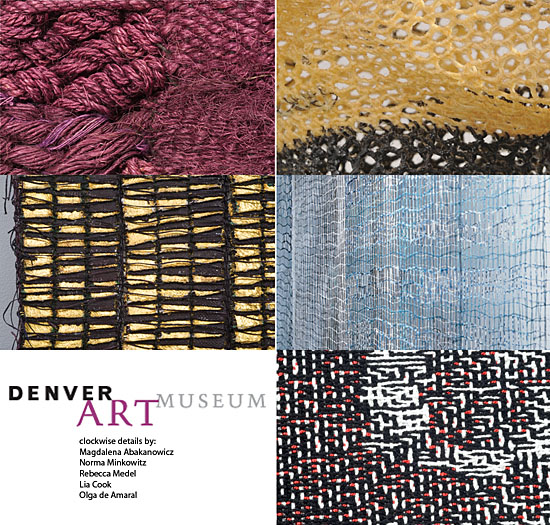 Curated by Alice Zrebiec, Sleight of Hand features 14 contemporary artists whose work challenge our powers of perception. The artists in this exhibition are among those who push time-honored textile techniques, including embroidery, quilting, weaving, netting, crochet, coiling, and ikat, to unexpected extremes and who invent new methods to achieve their creative vision.The exhibition includes sculptures, paintings and imagery produced over the last 30 years. Zrebiec calls the artists in the exhibition — Magdalena Abakanowicz, Olga de Amaral, Arlette Gosiewski, Tracy Krumm, Jane Mathews, Rebecca Medel, Norma Minkowitz, Cindy Hickok, Gugger Petter, Carol Shinn, Polly Barton, Lia Cook, Carol Eckert and Kay Khan — “alchemists” for their ability to change materials as diverse as cotton, newspaper, sand, and gold leaf into astonishing works of textile art.
Curated by Alice Zrebiec, Sleight of Hand features 14 contemporary artists whose work challenge our powers of perception. The artists in this exhibition are among those who push time-honored textile techniques, including embroidery, quilting, weaving, netting, crochet, coiling, and ikat, to unexpected extremes and who invent new methods to achieve their creative vision.The exhibition includes sculptures, paintings and imagery produced over the last 30 years. Zrebiec calls the artists in the exhibition — Magdalena Abakanowicz, Olga de Amaral, Arlette Gosiewski, Tracy Krumm, Jane Mathews, Rebecca Medel, Norma Minkowitz, Cindy Hickok, Gugger Petter, Carol Shinn, Polly Barton, Lia Cook, Carol Eckert and Kay Khan — “alchemists” for their ability to change materials as diverse as cotton, newspaper, sand, and gold leaf into astonishing works of textile art.
If you are able to visit DAM before July 10th, you can also see Shape & Spirit: Selections from the Lutz Bamboo Collection which showcases more than 200 woven bamboo baskets, carved figures, and everyday tools that capture the spirit and cultural character of their makers.
Denver Art Museum
100 West 14th Avenue Parkway
Denver, CO 80204-2788
(720) 865-5000

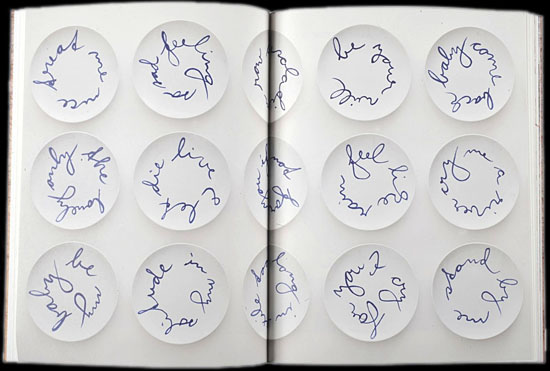
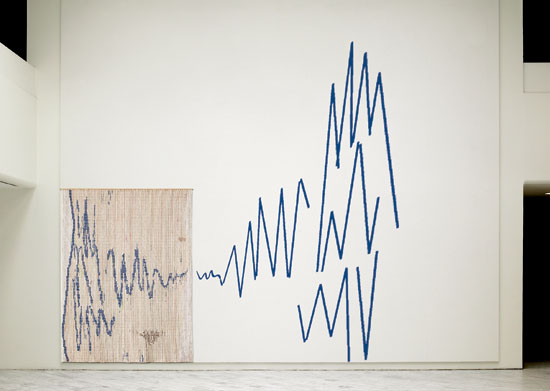

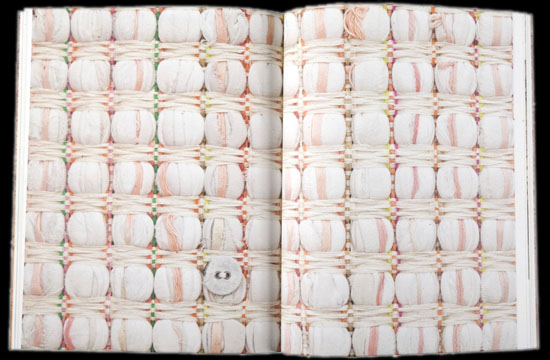






![Lena-McGrath-Welker---Navigation-[chime]Image-by-Ryen-Welker](https://arttextstyle.files.wordpress.com/2010/12/lena-mcgrath-welker-navigation-chimeimage-by-ryen-welker.jpg)
![Lena McGrath Welker - Navigation [chime] Image by Ryen Welker](https://arttextstyle.files.wordpress.com/2010/12/lena-mcgrath-welker-navigation-chime.jpg)
![Lena McGrath Welker - Navigation [chime] Image by Ryen Welker](https://arttextstyle.files.wordpress.com/2010/12/lena-mcgrath-welker.jpg)
![Lena-McGrath-Welker---Navigation-[chime]Image-by-Ryen-Welker.2](https://arttextstyle.files.wordpress.com/2010/12/lena-mcgrath-welker-navigation-chimeimage-by-ryen-welker-2.jpg)
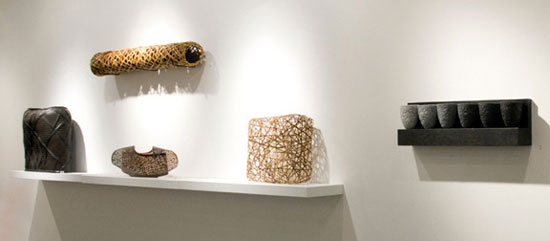
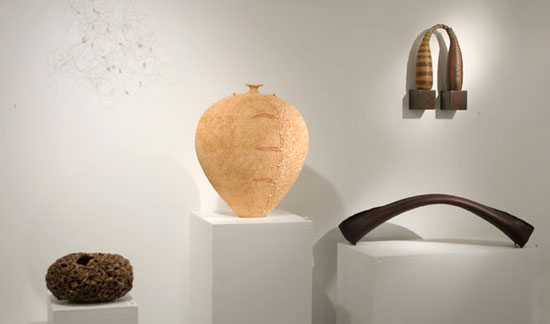
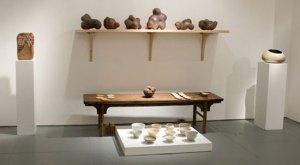
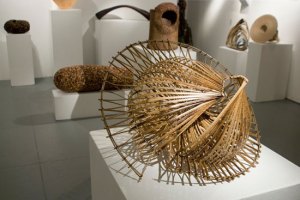

















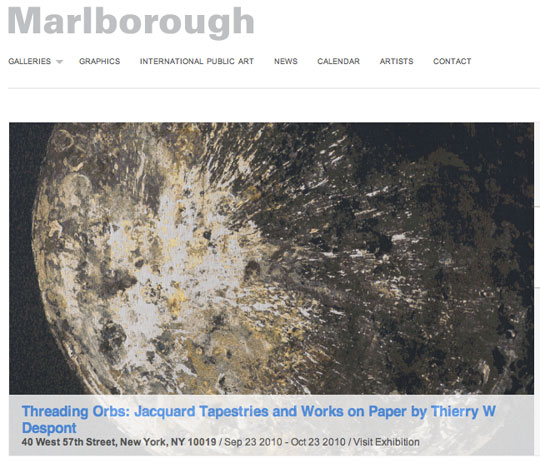
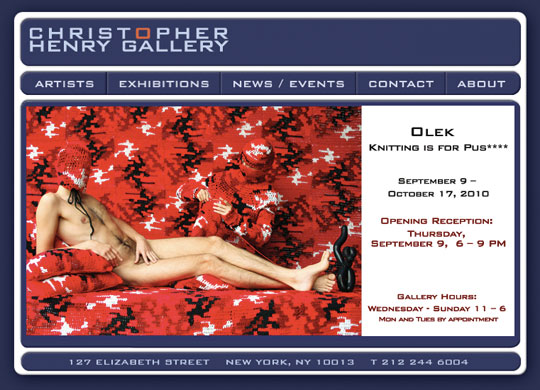
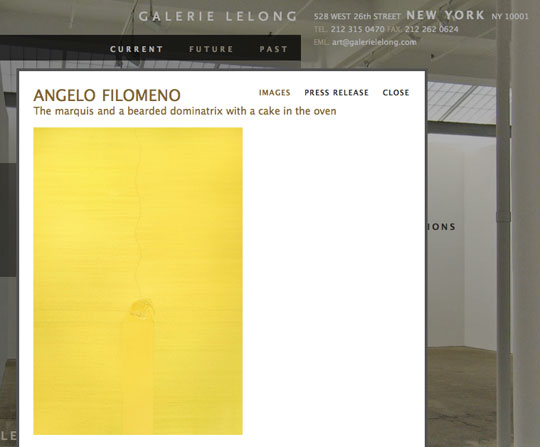
 Flight by Lissa Hunter
Flight by Lissa Hunter




